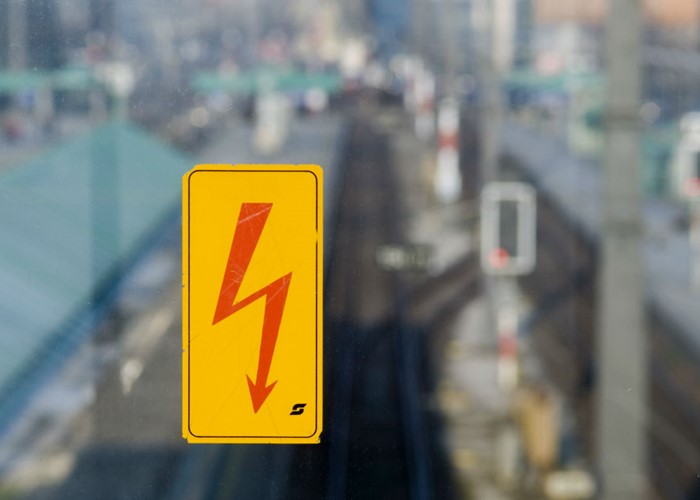Government now plans to reduce feed-in tariffs from March

New deadline for solar panel installation proposed after High Court rejected initial cut-off - but original date will go ahead if Government appeal is successful.
The Government has proposed a new date when it will reduce the amount people can earn from solar power feed-in tariffs (FiTs).
Under the new plans, homeowners must have had their installation approved by 2 March at the latest to be eligible to receive the current rate of 43.3p per kilowatt hour (p/kWh) of electricity generated. Otherwise, they will receive 21p p/kWH.
This new proposal follows a High Court ruling that the Government’s original plan to push through a deadline of 12 December for installations was “unlawful”. That ruling is currently being appealed by the Government. And the Department of Energy & Climate Change (DECC) says it intends to revert to the original December date if the appeal is successful.
In a statement, the DECC said: “It is very important that we reserve [the December deadline] as an option because these 43p payments will take a disproportionate share of the budget available for small-scale low-carbon technologies.
“We want instead to maximise the number of installations that are possible within the available budget rather than use available subsidy to pay a higher tariff to a smaller number of installations.”
The high take-up for the scheme and the falling cost of solar panels led to the Government introducing a deadline for installation. But its decision was challenged by Friends of the Earth and two solar firms as that installation deadline was before a consultation into the changes closed.
The appeal verdict is expected in the next few weeks and the results of the consultation by 9 February.
More: Free solar panels: The small print exposed | Gas and electricity price 'reductions' are phoney!
For the latest news and comment on the stories that affect your money, follow us on Twitter
Comments
Be the first to comment
Do you want to comment on this article? You need to be signed in for this feature